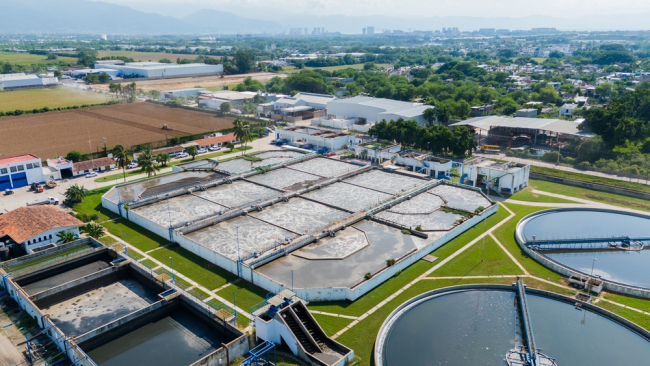Energy Efficiency: The Commission's Complicated Calculations

Who hasn’t heard of the 3x20, those pillars of European energy policy? And yet who is able to give their exact definition?
Recently, the Commission announced that current efforts are insufficient to achieve the third goal, concerning the improvement in energy efficiency.
How is it calculated? From 1990, as is generally thought? Wrong. The Commission is basing its target on 2005. Using the PRIMES baseline scenario, it estimated in 2007 that the EU"s primary energy consumption in 2020 would be 1968 million TOE. This scenario presumes:
• An annual 2.2% economic growth rate from 2005 to 2020,
• Reductions in energy consumption due to the effects of prices, structural changes and already-adopted measures.
These reductions are estimated at 1.8% per year throughout the period, which is divided between the impact of structural changes (0.6%), the effects of existing policies (0.35%) and independent progress in efficiency (0.85%). Moreover, the 2020 estimate already takes into account the 470 million TOE energy consumption reductions resulting from the drop in industrial activity in former Soviet Bloc members of the EU and the more efficient subsequent growth.
It is from the figure of 1968 million TOE which the Commission deducts a deliberate proportion of 20%, that is roughly 390 million TOE. The objective to achieve in 2020 now amounts to about 1575 million TOE.
Then the crisis arrived, and with it the plummet in growth. PRIMES reconsidered the 2020 forecast taking into account measures taken up to 2009 and fixed it at 1781 million TOE. Conclusion: We are still 204 million TOE short of achieving the much talked-about 1575.
More effort, Europeans. The crisis alone did not accomplish enough, it was still necessary to put into place the supplementary regulations required by the Commission.
These calculations can only create unrest. In fact, the only important objective for the struggle against climate change is the absolute reduction in greenhouse gas emissions. We have obligations towards humanity, but it is absolutely not necessary to break ourselves in fulfilling them. And let us place more trust in the prices (including that of carbon) and in the behaviour of economic agents.
Related centers and programs
Discover our other research centers and programsFind out more
Discover all our analysesWater in Mexico: an Emergency that Will Wait
Access to water is already and will become increasingly problematic for Mexican economic actors due to the progressive scarcity of the resource resulting from climate change, a geographical distribution that does not coincide with that of the population or economic activity, and management that has so far been far too lax.
AI, Data Centers and Energy Demand: Reassessing and Exploring the Trends
The information and communication technologies sector today accounts for 9% of global electricity consumption, data centers for 1-1.3%, and artificial intelligence (AI) for less than 0.2%. The growing energy demands of cloud services first, and now AI workloads (10% of today’s data centers electricity demand), have exacerbated this trend. In the future, hyperscale data centers will gain shares amongst all kinds of data centers and AI will probably account for around 20% of data centers electricity demand by 2030.
Unlocking India’s Energy Transition: Addressing Grid Flexibility Challenges and Solutions
India is rapidly scaling up its renewable energy (RE) capacity, adding 15–20 GW annually, but the ambitious goal of 500 GW of non-fossil capacity by 2030 is at risk unless the pace accelerates.
Europe’s Black Mass Evasion: From Black Box to Strategic Recycling
EV batteries recycling is a building block for boosting the European Union (EU)’s strategic autonomy in the field of critical raw minerals (CRM) value chains. Yet, recent evolutions in the European EV value chain, marked by cancellations or postponements of projects, are raising the alarm on the prospects of the battery recycling industry in Europe.











